Is your website secure? Well, the answers depend on your security measures. The security of your website is essential not only to protect confidential business information but also to safeguard your customer data. Attractive web design and quality content do not guarantee the security of the website, so some essential steps should be taken to ensure the safety of the website. If your business site is built on WordPress, there are some essential WordPress security tips you should follow. For those of you who want to know how to secure WordPress sites, we bring a definitive WordPress Security guide for you.
There are only two types of companies: those that have been hacked and those that will be.
Former FBI director Robert Mueller
Don’t get scared. There are plenty of ways to secure your website. You just have to know the threats and the ways to protect your site from them.
Why WordPress Security Matters?
Your website is your brand and often your first contact with customers. If the website is not safe would be critical. The threats may come in numerous forms – infecting your website with malware and spreading that malware to site visitors, stealing customer data, like names, email addresses, credit cards, and other transaction information. If you can protect your website from hackers and malicious malware it can protect your business from losing money.
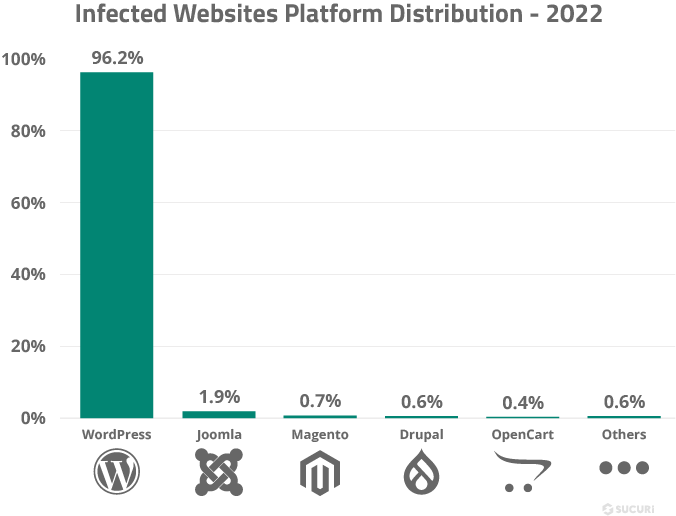
The WPML website got hacked once. They had to go through a lot to rebuild the customers’ trust and harden their website security. Who knows next time it might be your website if you don’t take proper security measures. This is why WordPress security matters. We will shed light on overall website security, and our WordPress security tips will help you safeguard your website from potential threats.
What Are Common Website Security Threats?
Website security threats (not merely WordPress website security threats) may come in many forms. You are doomed if you don’t know the ways your website can go under attack and protect your site. Take the necessary measures and keep your website data and content safe. The common ways your site may come under attack are:
- Brute Force Attacks: It is the way hackers use automated software tools to guess your WordPress username and password over and over until they hack into your site successfully.
- Insecure Hosting Server: No matter what you do to secure your website if the server is not secure, your site has a greater risk of getting hacked.
- Vulnerable WordPress Plugin: Also, hackers can get access to your website through a vulnerability in a plugin installed on your WordPress site.
Apart from these, there are many different ways your website can be hacked. Knowing threats is not enough you have to ensure tight security against them.
Ultimate WordPress Security Guide – How to Secure WordPress Sites (20+ Ways)
Hardening website security is a challenge. But with our detailed WordPress security guidelines, it can be easier. After conducting research, analyzing plenty of infected websites, and going through all available WordPress security tips, we have curated the WordPress security best practices for you.
Don’t just go through the titles but read each of the WordPress security tips carefully and implement them for your WordPress site. Because it’s time you knew how to improve WordPress security.
Get Quality Hosting

Whether you want to have a one-page website for a particular product or are planning to create a multi-page business site, high-quality hosting should be one of your priorities. Quality hosting works as an extra layer of security for your digital assets. Getting quality hosting is one of the first steps to secure WordPress sites.
Most people avoid this important part. Cheap hosting and a cheap domain can save some money for the time being but they can also pose a huge threat to your site at the same time.
If you go for a reliable hosting service, it will save your productivity and make your site even faster. Some hosting companies like Kinsta, WPEngine, and Cloudways have many features that harden website security and offer other benefits. You may read our detailed review of the Kinsta WordPress hosting solution to see if it is the right solution for you.
Make sure your hosting offers round-the-clock support and take care of website security and other issues.
Switch to HTTPS from HTTP
The SSL / TLS certificate is important because it ensures the security of your website. Google prefers to rank websites with SSL over those without.
What is HTTPS?

HTTPS (HyperText Transfer Protocol Secure) is the secure version of HTTP. This is a protocol through which data is sent between the web browser and the website that you are connected to. “S” after HTTP refers to “Secure” meaning the communication between a web browser and the website you are browsing is encrypted.
Websites without SSL certificates become easy targets for hackers. HTTPS is the safest version of HTTP, so be sure to use HTPPS. Most of the quality hosting services offer SSL certificates for free.
Use Strong Login Credentials
In WordPress, everyone knows the path to the login page. Therefore, it is so important that you keep your login credentials secure. Never use your name as a password, since it is easy to guess. And do not use your domain name as a username, because a hacker can easily guess it.
We strongly recommend you change the default login information and select strong passwords that are difficult for people to guess. Apart from that, you can also do the following tasks to harden WordPress security.
- Change Login URL: As all WordPress websites have the same login page by default (http://www.example.com/wp-login.php), it is easy for hackers to guess and run a brute-force attack. Changing the WordPress site’s login page URL is a smart way to protect your site from hacking attempts. We have a tutorial on how to change the WordPress login URL. follow this tutorial and add an extra level of security to your WordPress site.
- Change the Default “admin” Username: Leave no option for the hackers to guess your username. Change your default username and make it anything but admin or anything easy to guess.
- Limit Login Attempt: WordPress lets users try to log in as many times as they want. This makes your WordPress site vulnerable to brute-force attacks. Hackers try to crack passwords by trying different combinations. In this case, you should limit the login attempt and secure the WordPress site. Click here to learn how to limit login attempts in WordPress.
- Change your Password Often: Change your WordPress site password regularly. It is one of the WordPress security best practices. Make sure you never set a weak password for your site.
Enable Two-factor Authentication
Two-factor authentication refers to a two-way process through which an admin has to go to log in. This process takes a little longer but makes your WordPress site more secure.
First, you enter your username and password. Then a unique code will be sent to your device or email that you need to provide to the system, and only after that, you can enter the admin panel of the site. You can add this system using a two-factor authentication WordPress plugin. It ensures the greater security of your website. Two-factor authentication is one of the major steps to secure a WordPress site. Be sure to have it on your WordPress security checklist.
Keep Track of Users’ Activities on Your Site
Keeping track of all the users’ activities on your site is another way to harden website security. It helps you detect suspicious behavior and thwart malicious attacks. Always be on alert and take action before anything terrible happens to your site.
If you can record all the necessary user activities such as login, content publishing and changes, plugins, themes, and WordPress settings changes, and failed login attempts with source IP addresses, you can spot the threat and take action quickly.
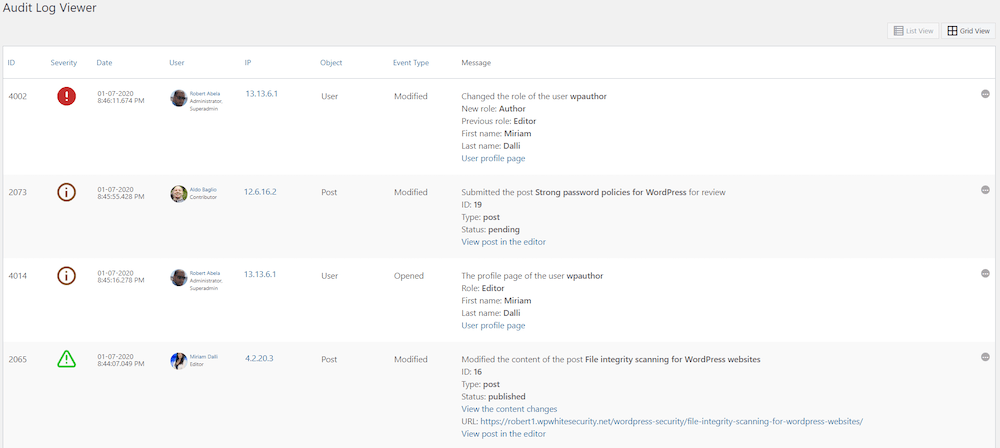
You can install WP Activity Log (formerly WP Security Audit Log) to record all these user behaviors. It also eases troubleshooting and detects any suspicious behavior before it poses any security threat to your site.
Carefully Select Plugins and Themes
Themes and plugins are the best that WordPress provides, but be sure to add proven high-quality software products. It is important that the site from which you download looks good, but do not use plugins or themes from any site. Most hackers make site download themes quite attractive. They rub into your trust, and then, through the malicious programs that you downloaded from them yourself, hack into your websites.

On the other hand, check user ratings and comments before loading plugins. You can also check out how developers update themes and plugins. If the plugin has not been updated for 6 months or a year, do not use it. Download themes and plugins from trusted sources such as WordPress, ThemeForest, and other well-known websites.
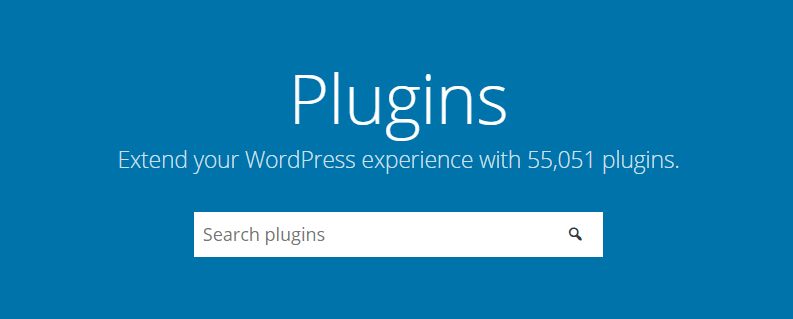
WordPress is a well-known platform, and when websites become famous, many people are ready to destroy them. That is why many websites are hacked: someone does not want to see your products on top. Therefore, if you spend money and time on a website, use these techniques and make your WordPress website as secure as possible. Selecting plugins and themes carefully is one of the WordPress security best practices.
Use WordPress Security Plugins to Strengthen Security
There are plenty of WordPress security plugins that can secure your WordPress site from hackers. Taking different vulnerabilities and security loopholes into account, companies like Sucuri, Solid Security, and WordPress brought WordPress security plugins to safeguard your WordPress site.
These WordPress security plugins are powerful. They have a lot of security and performance features such as Malware scanning, Audit logs, Failed Login Attempt tracking, reCAPTCHAs, IP whitelisting, Blocking malicious networks, IP blacklisting, and many more. You may choose any of the WordPress security plugins from the list below
- Solid Security – Formerly iThemes Security
- Sucuri Security – Auditing, Malware Scanner and Security Hardening
- Wordfence Security – Firewall & Malware Scan
- SecuPress Free — WordPress Security
Using WordPress security plugins is one of the major WordPress security best practices that you must go by. Any of the above-mentioned security plugins would do the job for you.
Use the Latest PHP Version to Harden WordPress Security
To make your WordPress site faster and more secure, you better use the Use latest PHP version. WordPress themes and plugins have a minimum PHP version in their requirements. Going below that would have a serious impact on your site if you install them. All major releases of PHP are supported for two years after they are released. During this time, bugs and security issues are fixed regularly.
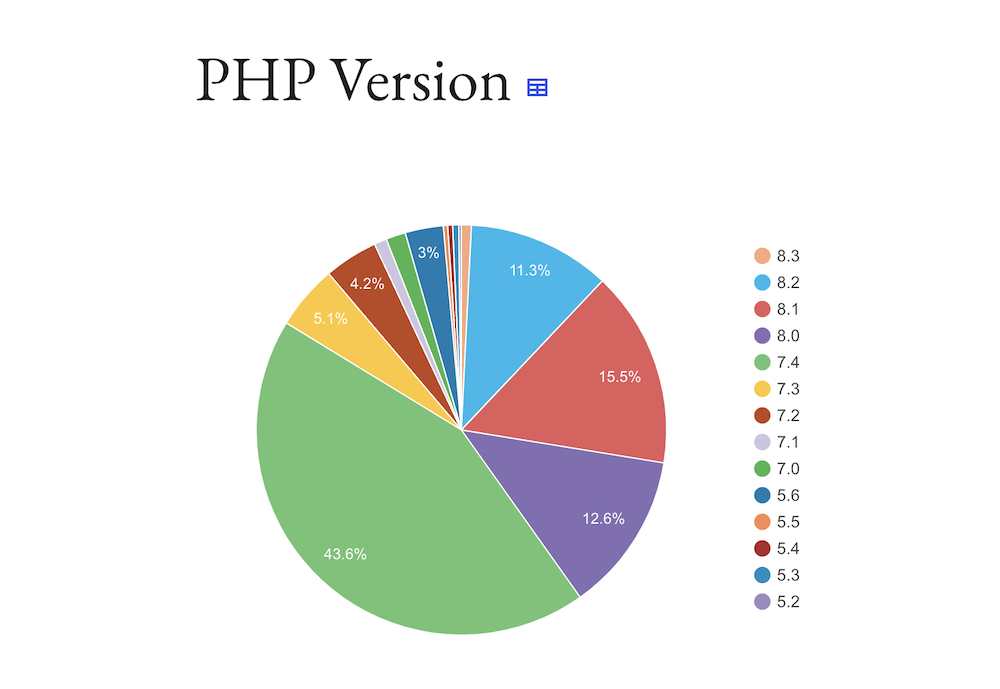
While we recommend you upgrade your PHP to the latest version, a large number of WordPress sites are on lower versions.
Keep WordPress Updated
WordPress is one of the most frequently updated CMS platforms. From the very beginning, WordPress has been updated with plenty of features, functionalities, and security fixes. This is why updating your WordPress version is not just about getting new features but also fixing issues that might impact your website.
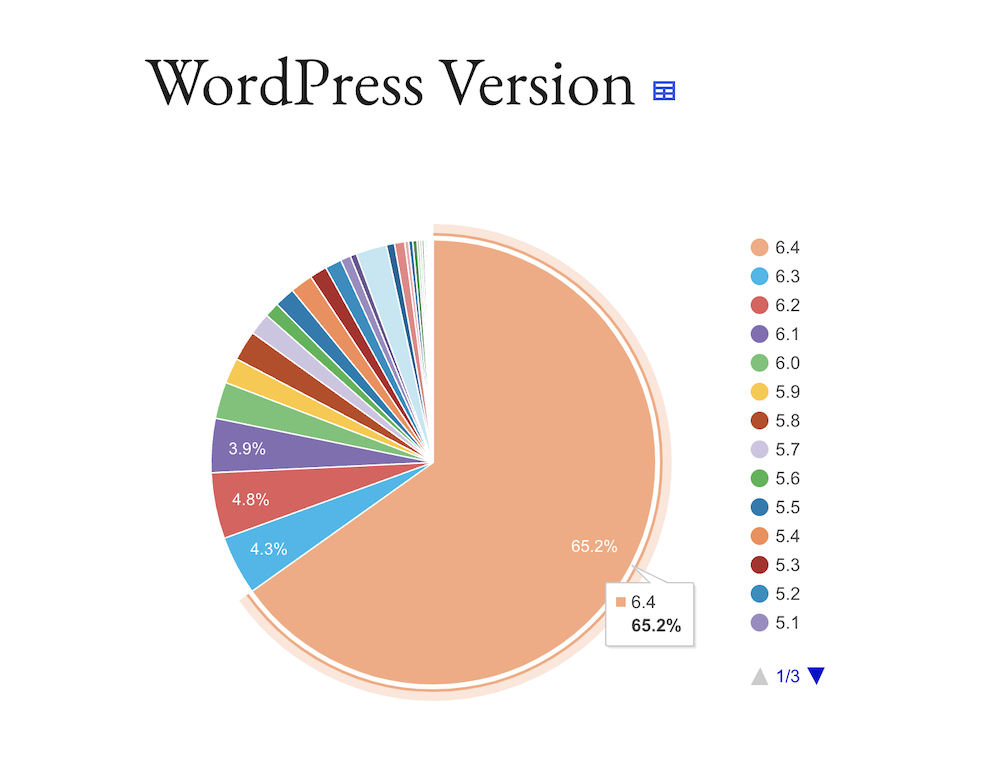
The minor WordPress releases are updated automatically and mostly include performance and security issues. If you somehow turn off auto-update, you have to update your WordPress site for the latest WordPress version manually. You won’t get major WordPress releases if you don’t update your site yourself. Whether you turned off your automatic WordPress update or not, you have to do it all by yourself if you want to strengthen WordPress security. In 2022, 50.58% of all CMS applications were outdated at the point of infection.
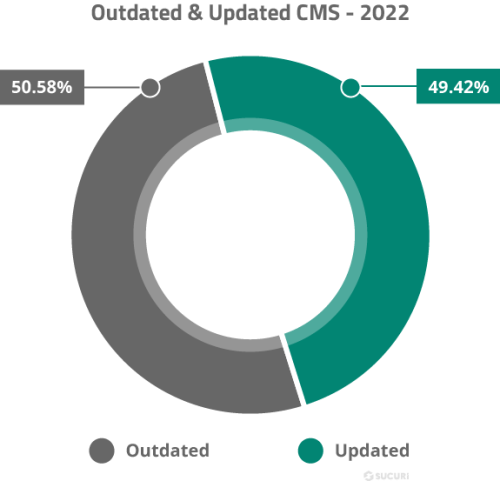
It is not just about your WordPress version. WordPress also has plenty of themes and plugins that you can install on your website. These plugins and themes developers regularly release updates which you will get only if you update them. Updating WordPress along with plugins and themes is directly related to WordPress security.
Scan WordPress Sites for Malware
Scanning websites for malware is quite straightforward, you just need to enter your website URLs and their crawlers go through your website to look for malware and malicious code. You can also analyze your WordPress sites to detect types of malware just by placing your website URL on some online website scanning tools like Virustotal. It can also scan a plugin or theme’s files to see whether they contain any type of malware. If you want to know how to secure WordPress sites from malware, scan your website for malware first using any of the online tools below.
Some of the free website scanning tools are:
- Virustotal
- Security Headers by Scott Helme alomes
- Sucuri SiteCheck
- Webhint Scanner by OpenJS foundation
Keep a Backup of Your WordPress Site
Keeping a backup of your WordPress site is one of the major WordPress security measures. If in any case your WordPress site gets hacked, backups let you quickly restore your WordPress site. Many WordPress backup plugins can help you out. You can try any of the WordPress backup plugins below.
- SolidBackup
- UpdraftPlus
- BackUpWordPress
- BackWPup
- WP BackItUp
Change WordPress Database Prefix
wp_ is used as the prefix for all tables in the WordPress database by default. It is easy for hackers to guess. If you are going with this default table prefix, your site is at risk. Consider changing this database table prefix with something difficult for hackers to guess. But, this can break your site. It is not recommended for you if you are a WordPress beginner.
Disable File Editing in the Dashboard
The built-in code editor in WordPress allows you to edit your WordPress theme and plugin files on the website’s admin area. Anyone with access to the admin area will have the ability to edit your website files. Once a hacker gets in he/she may want to go to Appearance > Editor and start editing your WordPress files.
The good news is you can disable file editing via the admin area. To do this, you just have to place the code below in your wp-config.php file.
// Disable file edit
define( 'DISALLOW_FILE_EDIT', true );Disabling file editing in the dashboard is another great way of hardening WordPress security. The file editing feature is there by default for your own flexibility. But, in case any unauthorized person gets in there, you can turn this off for your own good. What if you want to edit your website files? No problem, edit your templates via your FTP application.
Hide wp-config.php and .htaccess
It is wise to hide wp-config.php and .htaccess to bolster website security. Just paste the code below inside.
<files wp-config.php>
order allow,deny
deny from all
</files>That will prevent the file from being accessed. A similar code is used for your .htaccess file.
<files .htaccess>
order allow,deny
deny from all
</files>Log Out Idle Users in WordPress Automatically
Automatically log out idle users in WordPress. Website owners apply this technique to prevent unauthorized users from accessing accounts or hijacking them. This is how you can protect your WordPress users’ sessions from shoulder surfers and snoopers. You can use the Inactive Logout plugin to automatically terminate idle user sessions.
Install and activate the plugin then simply set up the idle timeout from the Inactive Logout plugin settings. If you care about website security you must include this on your WordPress security checklist.
Avoid Nulled WordPress Themes and Plugins
Stop using nulled plugins and themes. It is not only unethical but extremely harmful to your WordPress security. You will end up paying more for the developer to clean up your website. If you want to improve WordPress security you should not use nulled WordPress Themes and plugins.
Manage WordPress Site User Roles
Managing WordPress site users is a must for WordPress security. There are different layers of user roles (WordPress has six predefined roles: Super Admin, Administrator, Editor, Author, Contributor, and Subscriber.) in WordPress so that you can limit user access according to their work. Don’t allow everyone to access the admin area. Monitor users’ actions regularly.
Delete Inactive Plugins and Themes
You may have some plugins and themes that are not in use. These inactive themes and plugins may pose a security threat. They might also clutter your WordPress site dashboard. This is why it is wise to delete plugins and themes you’re not using to thwart some unwanted attack. Deleting inactive plugins and themes should be on your WordPress security checklist.
Website security is the first thing you should care about after launching your website. With these detailed WordPress security guidelines and plenty of powerful WordPress security plugins out there, you can secure WordPress sites and run your website smoothly. Hardening WordPress security is an ongoing process. Things like scanning your website for malware, and updating WordPress versions along with themes and plugins are routine work. A substantial number of websites are being hacked every day, so safeguard your site from any such malicious attack. Follow our detailed WordPress security guidelines and know how to secure WordPress sites. This is all about how to make a WordPress site secure.
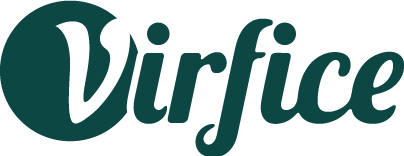


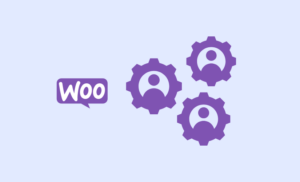
my our opinion this post wraps up everything that you should know about how to secure website, thank you for sharing your knowledge with us, we appreciate your hard work and wish you all the best,
we are honest fans of Virfice
Thank you so much. Please stay in touch.
Pretty! This was an extremely wonderful post.
Thanks for supplying this info.
Fantastic WordPress Security Guide! Your tips on updates and backups are spot-on. Thanks for making security so accessible!
You are welcome! Glad it helped!